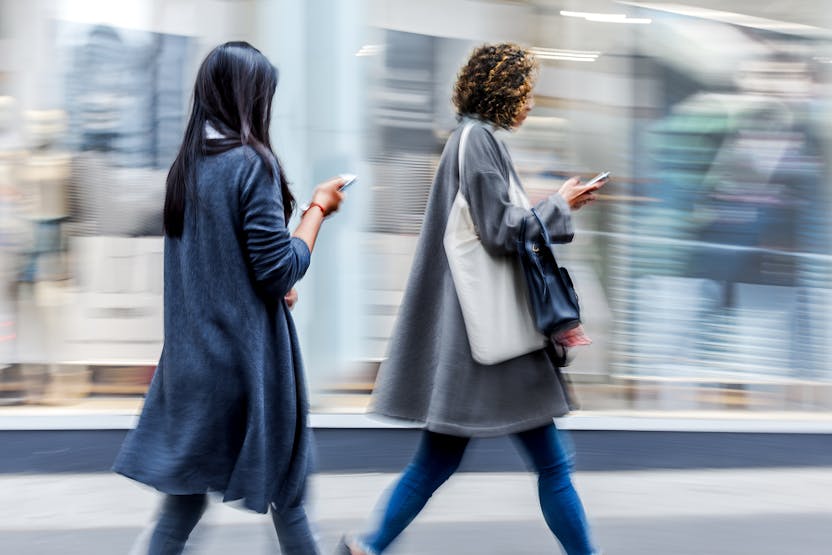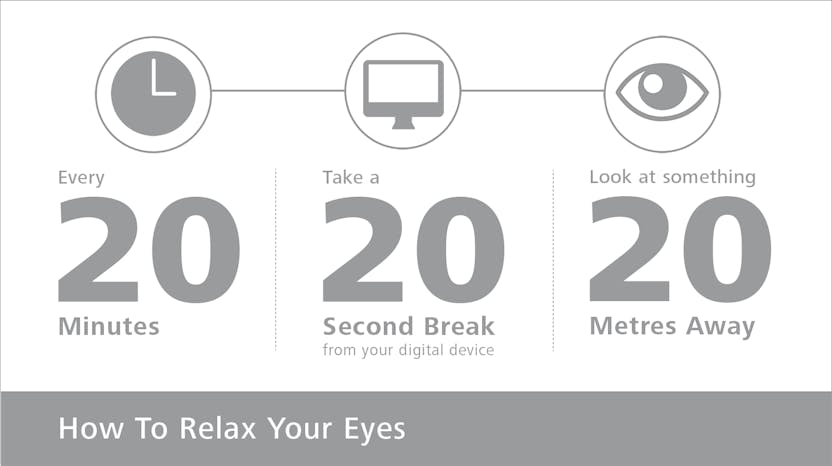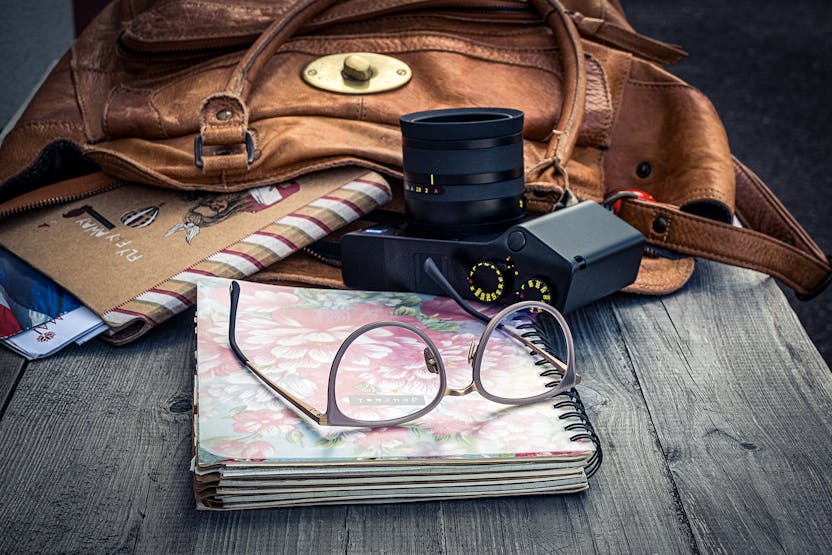Eye strain, tired eyes, and burning eyes - what causes it and how to get relief.
Eye strain can be both painful and irritating. These days, we’re all constantly staring at our smartphones, computer screens, or some type of digital device. After a long day it can lead to tired eyes, burning eyes, making it difficult to work and perform everyday tasks. Find out exactly what causes perceived eye strain, and what you can do to get some relief.
What is eye strain?
Eye strain is eye fatigue that mostly happens due to overexertion. After long periods of reading, working on digital screens or driving far distances without taking a break, you may experience eye strain symptoms such as:
- Eye pain
- Burning eyes
- Severely dry, or even watery eyes
- Light sensitivity
- Tiredness
- Neck, back and shoulder aches (postural pain)
- Eye strain headaches
- Blurry vision
- Double vision
- Eye twitching
- Red and itchy eyes
What causes eye strain?
Our visual behaviour has changed

Digital eye strain among adults and children

Other causes of eyestrain
- Reading without giving your eyes a break
- Bright light or glare in your place of work, or being exposed to bright light for a long time
- Working or reading in badly or dark areas
- Stress and a lack of sleep
- Driving long distances without stopping to take a break
- Vision problems such as refractive errors
- Chronic dry eyes
- Outdated prescription glasses
Tips for eye strain relief
In some cases, your optician or optometrist may prescribe glasses to suit your digitised and on-the-move lifestyle. Eye strain can also be a sign of an underlying eye condition or visual problem that requires a diagnosis and proper treatment.
There are a few self-help tips you can try to relieve or prevent eye pain, but most importantly you should consult an eye care practitioner first to establish exactly what is causing your discomfort.
1. Go for a full eye examination
2. Take regular breaks

3. Blink, blink, blink!
4. Moisten your eyes
5. Limit screen time for kids
6. Avoid blue light before bedtime
As already mentioned, all digital devices emit some form of blue light. When the eyes are exposed to a certain intensity and spectral band of blue light, the body releases less melatonin (the sleep hormone). This means that you will be more alert and awake for longer.
Of course, sleep is essential to relieve eye strain, so avoid excessive blue light exposure before you go to bed, or wear prescription glasses with a specialised blue light coating if you enjoy reading on your phone or tablet to wind down at night.
7. Make healthy choices
Eyes love veggies! Eat plenty of green veggies such as broccoli, spinach and cabbage, and of course, carrots.
Hydration is also important, especially if you suffer from dry eyes. You need to stay hydrated to make sure your eyes receive the moisture they need.
End your day of healthy choices with a good night’s rest – it will help your eyes to recover from strain.

8. Step outside
Whether you’re cranking up the heat in winter, or trying to cool down in summer, air conditioning systems can dry out the air inside your office building or home. Step outside for some fresh air every now and again, or switch off the temperature control and open a window.
In winter, you can place bowls of water in a heated room for extra moisture. Some people benefit from humidifiers, and switch these on whenever the air becomes too dry. Remember to keep drinking lots of water, even if it’s cold outside!
See what works for you, and keep doing that to maintain your good eye health.
9. Create an ergonomic workstation
It’s so easy to quickly flip your laptop open and answer a quick email on the sofa in front of the TV. But soon one email becomes a ten, and before you know it you’ve spent hours working in an uncomfortable position that leads to postural pain and worsens eye strain.
To get added eye protection for computer work, be mindful of where and how you work. At work or your home office, you should have a dedicated space that’s set up for your needs. If possible, connect your laptop to a bigger monitor at eye level. The general rule is to move your screen as far away from you as possible to a point where you can still see clearly. You should not need to bend your neck down.
Always sit in a comfortable chair, and adjust your height and the angle of the back and armrests so your feet are firmly on the floor and your arms rest lightly on the desk while you type. If necessary, sit on a pillow for extra height, or prop one behind your back for lumbar support.
In addition, adjust your monitor brightness, text size and colour temperature for eye comfort. Most laptops and PCs have a blue light blocking filter that you can set on a timer, giving your eyes some added protection at night. Your smartphone or tablet may also have this function, or you can download an app to manage your exposure to blue light. Even so, this will only reduce blue light exposure, and you should still try to reduce screen time or talk to your eye care practitioner about blue light blocking glasses.

How glasses can help
You may benefit from glasses that help to reduce perceived eye strain, and there are various options available. Any prescription can be adjusted to your needs.
In fact, vision technology is so advanced that there are now lenses designed specifically for a connected and on-the-move lifestyle. These lenses are designed to take your individual and age-related needs (changes in the eye’s physiology as you grow older) into account. It can be combined with your specific prescription. The result will be customised glasses, optimised for your always-online lifestyle, and you will experience less perceived eye strain.
Speak to your eye care practitioner for more information and advice.
TAKEN FROM ZEISS BLOGS : WWW.ZEISS.COM
